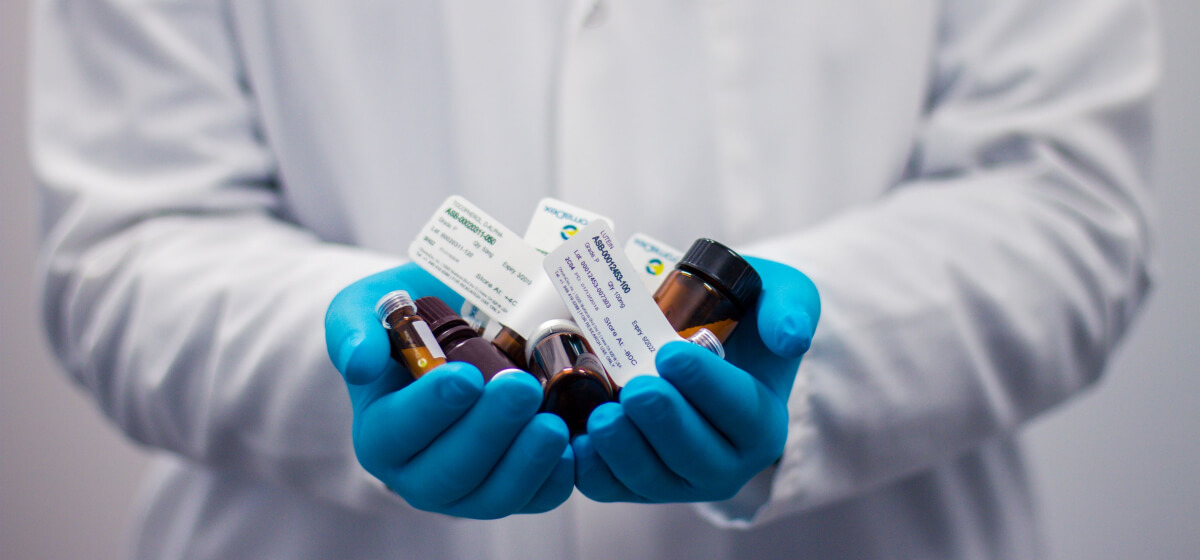Your Journey to Better Health
Radiology is a pivotal branch of medicine that uses imaging techniques to diagnose and treat various diseases
Overview
What is Radiology?
Radiology involves the use of medical imaging technologies to visualize the inside of the body. These images help diagnose and sometimes treat a wide variety of conditions, ranging from fractures and infections to cancer and heart diseases. The most common imaging techniques used in radiology include:
- X-rays
- :CT Scans (Computed Tomography)
- MRI (Magnetic Resonance Imaging)
- Ultrasound
- Nuclear Medicine
Our Brands

For Nurses
Assess patient history, allergies (especially to contrast dyes), and lab values.
Educate patients about the procedure and obtain informed consent.
Start IV lines and administer pre-procedural medications.

For Patients
Instead of large cuts, they usually make a tiny incision and use small tubes (catheters), wires, or needles to treat the problem inside your body.
An interventional radiologist is a doctor who uses imaging tools (like X-rays, CT scans, or ultrasound) to perform minimally invasive procedures—which means they treat your condition without major surgery.
- Blocked arteries or veins (they can open them with balloons or stents)
- Internal bleeding (they can stop the bleeding with special techniques)
- Tumors or cancers (they can treat them directly without surgery)

For Doctors
Interventional radiologists (IRs) provide minimally invasive treatments using imaging guidance.
Interventional radiologists (IRs) are specialized doctors who use medical imaging techniques (like X-rays, CT scans, ultrasound, or MRI) to guide minimally invasive procedures
- Referral and Evaluation
- Procedure (Performed in an IR Suite or Cath Lab)
- Post-Procedure Care

For Nurses
🔹 Role of Interventional Radiology Nurses
Interventional Radiology (IR) Nurses play a vital role in supporting interventional radiologists during diagnostic and therapeutic procedures. They combine clinical nursing skills with expertise in radiologic technologies to ensure patient safety and comfort before, during, and after procedures.
- Monitor vital signs and the patient’s condition.
- Administer sedation or analgesia (often moderate sedation).
- Assist the radiologist with sterile field maintenance, instrument setup, and imaging equipment
